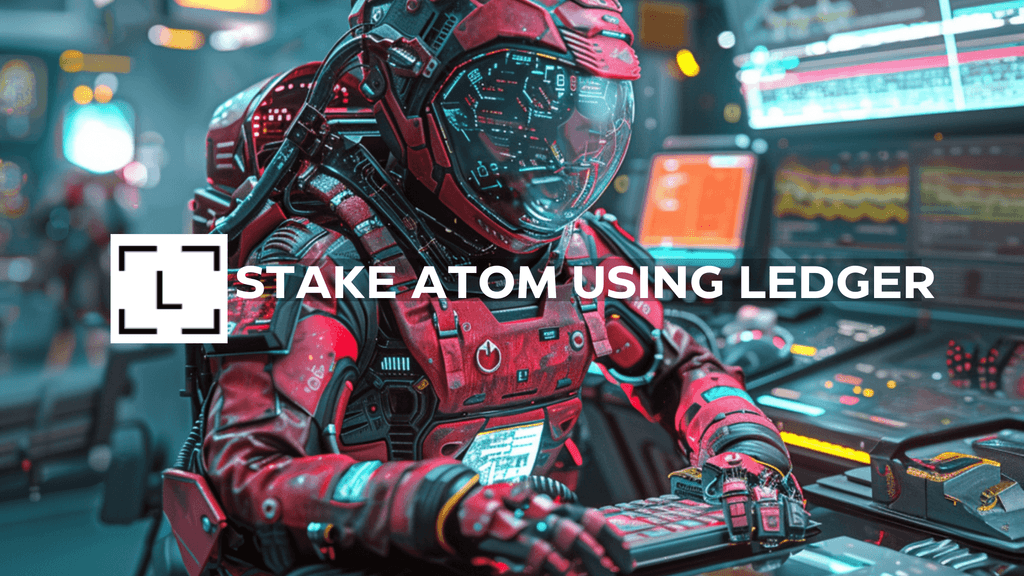Introduction to Smart Contracts
Smart contracts are digital protocols intended to facilitate, verify, or enforce the negotiation and execution of a contract. Conceptualized by Nick Szabo in 1994, these contracts operate on blockchain networks, such as Ethereum, using code to automatically execute transactions when specific conditions are met. This innovation eliminates the need for intermediaries, reduces costs, and enhances transaction efficiency and transparency.
How Smart Contracts Work
Smart contracts operate on a simple “if/when…then…” logic embedded within the blockchain. When the predefined conditions are satisfied, the network of computers executes the actions specified in the contract. This might include transferring funds, registering assets, or sending notifications. Once executed, the transaction is immutable and visible to all parties involved, ensuring transparency and trust.
For instance, a smart contract can automate a rental agreement where the tenant pays rent to the landlord. If the tenant fails to pay, the smart contract can automatically revoke the tenant’s access to the property.
Technical Components
Smart contracts are primarily written in programming languages such as Solidity (for Ethereum), which compile into bytecode that the blockchain can interpret and execute. The key components include:
- Address: A unique identifier for the smart contract on the blockchain.
- State Variables: Data storage locations in the contract.
- Functions: Defined behaviors or actions that the contract can perform.
- Modifiers: Rules that control the execution of functions.
Ethereum’s Ethereum Virtual Machine (EVM) is a decentralized computer that executes smart contracts using the blockchain’s distributed network of nodes.
Applications and Use Cases
Smart contracts have a broad range of applications, including:
- Financial Services: Automating and securing financial transactions such as loans, insurance, and crowdfunding.
- Supply Chain Management: Tracking the provenance and movement of goods in a transparent and tamper-proof manner.
- Real Estate: Facilitating property transfers and fractional ownership without the need for intermediaries.
- Digital Identity: Ensuring self-sovereign identity management, where individuals control their own digital identities.
- Decentralized Autonomous Organizations (DAOs): Enabling organizations to operate based on predefined rules encoded in smart contracts, without central management.
Advantages of Smart Contracts
Smart contracts offer several significant advantages:
- Autonomy: They execute automatically without intermediaries, reducing the potential for human error.
- Trust: Transactions are transparent and traceable on the blockchain.
- Security: The decentralized and cryptographic nature of blockchains makes tampering nearly impossible.
- Efficiency: Automation speeds up transactions and reduces operational costs.
Challenges and Limitations
Despite their advantages, smart contracts also face challenges:
- Complexity: Writing and auditing smart contracts require technical expertise.
- Immutability: Errors in the contract code are permanent and can lead to significant losses.
- Oracles: Smart contracts cannot directly access off-chain data, requiring oracles to provide external information, which can introduce vulnerabilities.
- Scalability: The computational demands of executing smart contracts can be high, affecting the scalability of blockchain networks.
Future of Smart Contracts
The future of smart contracts is promising, with ongoing research and development aimed at overcoming current limitations. Innovations such as layer-2 scaling solutions, improved security practices, and more user-friendly development tools are expected to expand the adoption and functionality of smart contracts.
Smart contracts are set to revolutionize various industries by enabling more secure, transparent, and efficient transactions. As blockchain technology evolves, the scope and impact of smart contracts will continue to grow, making them a cornerstone of the decentralized future.








